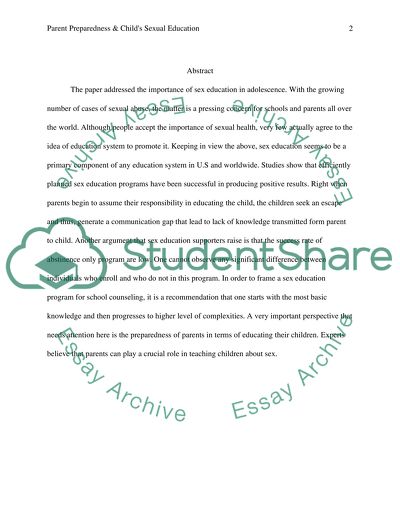Cite this document
(“Parent Preparedness When Discussing Child's Sexual Education Essay”, n.d.)
Retrieved from https://studentshare.org/environmental-studies/1409030-parent-preparedness-when-discussing-childyies
Retrieved from https://studentshare.org/environmental-studies/1409030-parent-preparedness-when-discussing-childyies
(Parent Preparedness When Discussing Child'S Sexual Education Essay)
https://studentshare.org/environmental-studies/1409030-parent-preparedness-when-discussing-childyies.
https://studentshare.org/environmental-studies/1409030-parent-preparedness-when-discussing-childyies.
“Parent Preparedness When Discussing Child'S Sexual Education Essay”, n.d. https://studentshare.org/environmental-studies/1409030-parent-preparedness-when-discussing-childyies.


